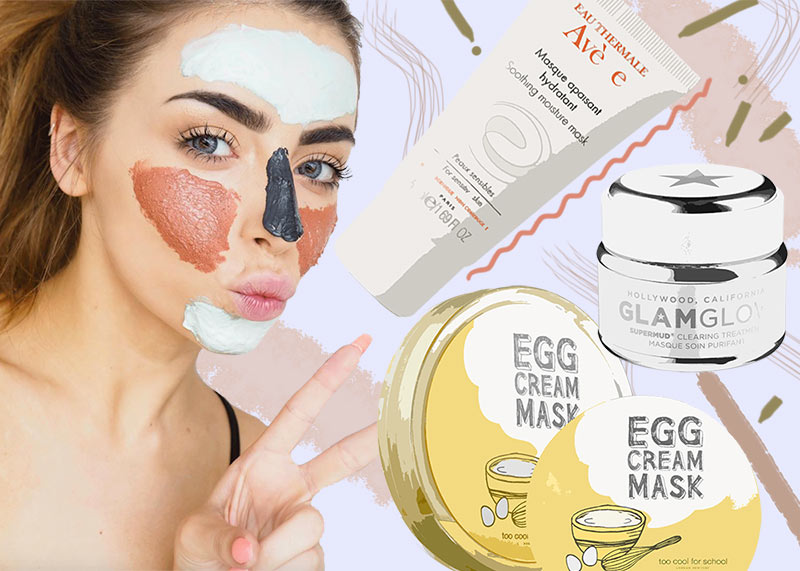Multi masking is the best next step, if you’re looking to amp up your skin care routine and baby your skin without the risk of overwhelming it with actives. I don’t know about you, but for me masking is the perfect way to do self-care and feed my love for trying new skin care products without overwhelming my skin on a daily basis.
Multi masking allows you to up the amount of new options you can play with, while also targeting very specific skin care needs. Oh, and it’s great for instagramming silly selfies!
In this post, I’ll give you all the details on multi masking – exactly what kinds of multi masking there are, what it’s such a great way of masking, how to do multi masking in a way that will be right for your skin, and as always, I’ll recommend the best masks on the market for multi masking.
In this article:
- What Is Multi Masking?
- Different Types of Multi Masking
- Benefits of Multi Masking
- Zoning Multi Masking Steps
- Layering and One by One Multi Masking Steps
- How to Choose the Perfect Multi Masking Masks Based on Skin Types and Concerns
- Multi Masking Tips & Tricks
- Best Mattifying and Anti-Acne Masks for Multi Masking
- Best Hydrating and Soothing Masks for Multi Masking
- Best Anti-Aging and Brightening Masks for Multi Masking
- Best Firming Eye Masks for Multi Masking
- Best Sheet Masks for Multi Masking
So What Is Multi Masking Exactly?
Multi masking is the technique in which one uses two masks at once to target specific skin concerns, or to bolster the effects of one of the masks. Multi masking can be done either by zoning, or through layering, and depending on your skin type, concerns, and mood you might prefer trying out the first or the second.
Multi masking is one of the best types of self care, because it is relaxing, and it allows you to really consider what your skin needs.
The Different Types of Multi Masking
No matter what face masks you have picked to address your skin issues, if you have decided to take the multi tasking route, there are three main ways you can master this technique.
Zoning
The zoning multi masking technique has been popular with aestheticians giving services, and it’s also been a very frequent recommendation for those with combination skin types (although it can work for all skin types!). Using zoning when multi masking simply means that you apply different masks to different parts of the face, depending on the specific concerns and needs of different parts of the face.
The classic way of doing this is by using a mattifying mask on oily parts of the skin (commonly on the T-zone), and using a moisturizing mask on drier parts of the face (commonly the cheeks, jaw, and around the eyes). However, depending on your skin and concerns you can use as many masks as you like at once.
Layering
Layering masks is a little trickier, but it’s one of the best masking techniques for dry skin. Layering masks is exactly what it sounds likes: you apply one mask first, and then follow it up with a second mask.
When layering masks, it is important that the two masks have ingredients that work well together, and that the first mask applied does not block the absorption of the second mask. It is a great technique for pairing creamy skin care masks with occlusive sheet masks.
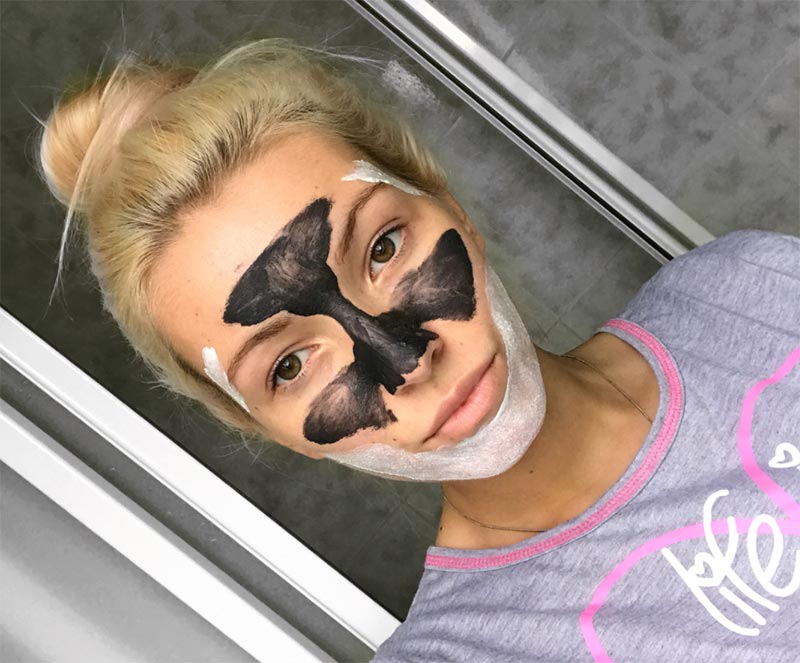
One by One Multi Masking
Especially when it comes to clay masks, layering doesn’t work too well. If you want the benefits of a clay mask all over your face, but you also want the benefits of a nourishing or hydrating mask, you can simply go one by one.
First clarify the skin with a clay-based mask, remove it, and then follow it up with a more hydrating mask. Some would consider this step-by-step way of masking multi masking, but others might not.
Benefits of Multi Masking
Multi masking has multiple benefits. The first and obvious one is that it allows you to target different parts of your skin with different masks. A more customized treatment will give your skin better results, because for almost all of us the skin on one part of the face will be different from the skin elsewhere.
This zoning type of multi masking is also great for anyone who likes to share moments of their life on instagram – it’s cute and a little silly.
For those with dry and dehydrated skin, layering multiple masks can seriously improve product penetration into the skin. By layering lighter masks and thicker masks, the thicker top mask will occlude the skin and ensure that anything applied below it is better absorbed.
Step-by-Step Guide to Multi Masking
Zoning Multi Masking Steps
- Prep your face by making sure it is perfectly clean, using a gentle, pH-balanced cleanser, like the Too Cool for School Egg Mousse Soap Facial Cleanser from Sephora. Bonus points if you cleanse your face in the shower, because all of that moisture will saturate your skin with water while a bit of steam will dilate your pores and prepare your skin for the multi masking.
- As an optional step, you might choose to exfoliate your skin. I prefer chemical exfoliation with a product like the Peter Thomas Roth Max Complexion Correction Pads from Ulta, which contain both glycolic and salicylic acid.
- Let over-the-counter chemical exfoliants sit on the skin for at least 15 minutes, and do not rinse them off. If you’re using a physical face scrub, then no need to wait – apply it to your skin, massage a bit, and rinse it away.
- Now that all that icky dead skin is gone, you’re ready for the good stuff! Pick at least two masks that you will be using for multi masking, and decide where each one will go. Examine your face in the mirror, and consider which parts of your face need more hydration, which need more anti-aging, and which need more oil control.
- Since you are going to be applying the masks to smaller areas of the face than you might be used to, you might choose to apply them with a clean foundation brush (although yes, fingers still work). Apply the masks to your skin in upward motions (specifically, against the direction of facial hair growth), so that the product gets as close to the skin as possible.
- If you are using two masks with different active times, apply the mask that needs to sit on the skin longer. Wait a little bit, and then apply the next mask to your skin. If, for example, one mask calls for 30 minutes, while the other only takes 10 minutes to work, then apply the first mask, wait 20 minutes, then apply the second mask.
- Once each mask has been on the skin for the right amount of time, rinse them both off in lukewarm water. Some masks don’t come off that easily, so you can use cotton pads or a microfiber cloth to completely remove them.
- Finish off the process with some skin-soothing leave-on products. A hydrating toner, face serums, and a quick massage with a moisturizer should do the trick.
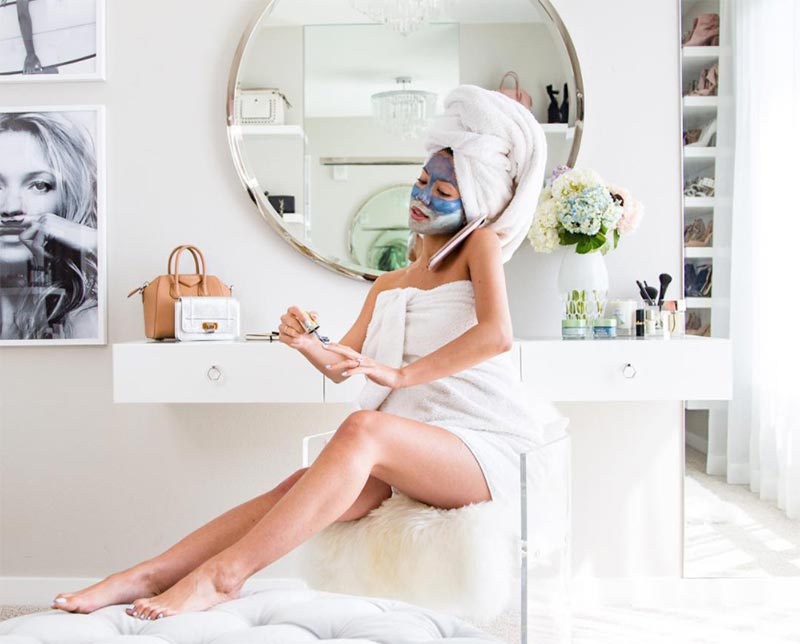
Layering and One by One Multi Masking Steps
- As always, start off with cleansed skin. Cleansing in the shower is the way to go, because the steam from the shower will dilate your pores and saturate the skin with water, which your skin care masks can lock in.
- If your skin is sensitive, you can skip the exfoliation. Otherwise, make sure to remove dead skin with a gentle scrub or chemical exfoliant. This step is important because it will allow the ingredients from the masks to penetrate into your skin better.
- You are now ready to apply your first mask. Start with the lighter, more fast absorbing mask (should also be the mask that can stay on the skin the longest). Apply it to the skin in a very thin layer, using a clean foundation brush or your fingers.
- If your first mask is not appropriate for layering (like a clay mask), then simply rinse it off after the required amount of time, and then apply the next mask.
- Give the first mask a few minutes to dry, and then apply over it a thicker, more occlusive mask (or a sheet mask!). Wait the required amount of time (10-15 minutes is usually good) to allow all of that goodness to sink into your skin.
- Rinse off both masks, perhaps with the aid of a face cloth to really ensure all traces of the multi masking are gone.
- Finish off with additional layers of hydration: toners, serums, moisturizers, and even a final occlusive balm.
How to Choose the Perfect Multi Masking Masks Based on Skin Types and Concerns
Like anything else in skin care, multi masking isn’t one-size-fits-all either, therefore knowing your skin and learning how to choose the right face masks to combine them together is the first step to getting brilliant results.
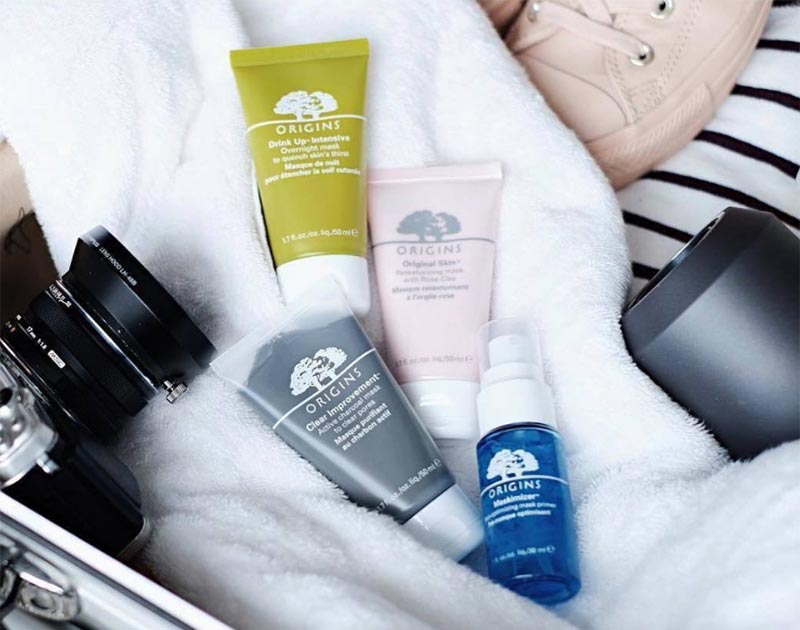
Masks for the Oily Parts
The key ingredient to absorbing excess oils and mattifying the skin is clay. It is perfect for anyone wanting to minimize their pores and eliminate oils, which is an especially common need in the T-zone of the face.
You can choose from gentler clays like French green clay or kaolin clay, to more clarifying clays like bentonite clay.
Masks for Acne-Prone Areas
While clays might help control the oil production that is quite common with acne-prone skin, the key for treating acne should be soothing masks, loaded with anti-inflammatories like willow bark extract or yarrow essential oil.
You can also find some anti-bacterial ingredients like tea tree oil, although these are better in a leave-on product that is used on a daily basis.
Masks for Dry Patches
Rich masks with loads of both emollient and humectant ingredients are the best thing for treating dry patches, in addition to proper exfoliation. Look for rich botanical oils and butters, like shea butter and rosehip oil.
Hydrating ingredients like glycerin for skin will also go a long way towards mitigating dryness.
Masks for Parched Skin
Hyaluronic acid and vitamin B5 are your friends if your skin is dehydrated and lacking water. Gel-based masks will do the best job of saturating your skin with moisture, and they work beautifully regardless of whether your skin is dry or oily.
Layering them with occlusive oil-based masks is a great addition if your skin is patchy and dry.
Masks for Mitigating Premature Aging
There are a ton of excellent anti-aging ingredients you can find when multi masking. All kinds of vitamins have powerful regenerative and antioxidant properties, while exfoliants can help speed up cell renewal and reduce the look of fine lines and wrinkles.
From something as simple as green tea extract all the way to trademarked peptides, you have tons of options that will all figure into my recommendations for the best masks for multi masking.
Masks for Fighting Hyper-Pigmentation and Scarring
The key ingredients to lighten texture and pigmentation issues in the skin are ones that trigger skin cell regeneration while promoting the shedding of dead skin cells. Ingredients that will reduce melanin production in the skin will also help.
These include vitamin C, vitamin A, licorice root extract, alpha lipoic acid, and many more. It is very important to pair them with exfoliation to create real, radical change in the skin.
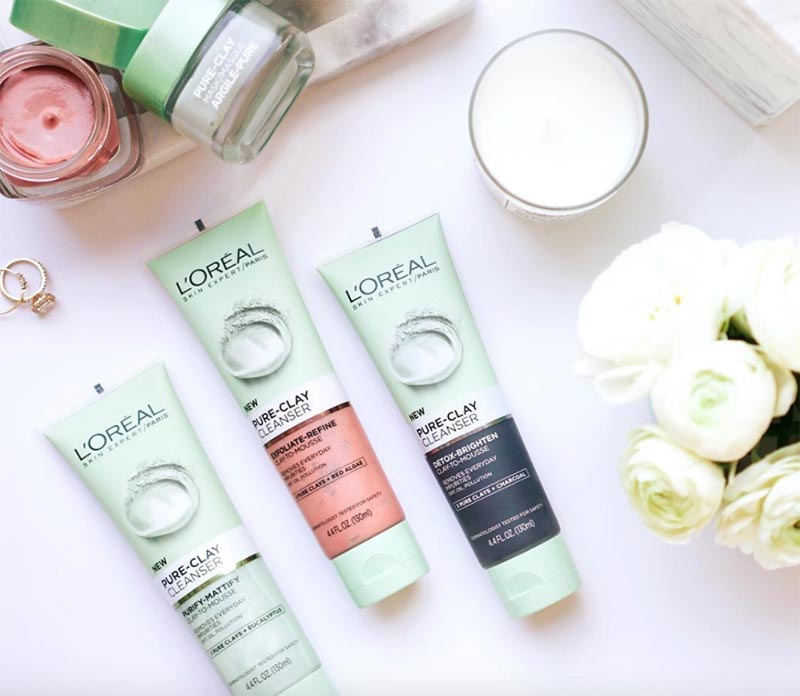
Masks for Puffiness
Having the skin puff up and become swollen is especially common below the eyes, although it can sometimes happen to other parts of the face. A cold mask will be your best friend, so place your mask of choice in the skincare fridge before applying it.
For around the eyes, you can apply dedicated mini-sheet masks. The best ingredients to treat puffiness are mild, soothing astringents like witch hazel or cucumber extract.
Masks for Sensitive Skin
If your skin flares up easily, with redness, itchiness, or even stinging and pain, you generally want to be careful. This is especially common on the cheeks, and around the eyes and mouth.
There are a ton of ways to mask that will help mitigate irritation and sensitivity, regardless of whether it is caused by an allergic reaction or a skin condition like rosacea or eczema. Look for both anti-inflammatory ingredients like green tea or calendula, and nourishing and skin-repairing ingredients like botanical oils and humectants.
Multi Masking Tips & Tricks
- If you have dry skin, and you’re using surfactant-free masks for multi masking that don’t have to be fully rinsed off (sheet masks are the perfect example here), you can actually apply your toners and treatment serums before applying your mask. The mask will help push the serum ingredients deeper into the skin.
- When it comes to layering masks, it is important to consider how the ingredients of each mask will interact. Avoid layering too many active ingredients, and consider whether a mask will actually reach the skin through the mask below it. Putting a thin mask on top of a thick mask, for example, won’t work.
- Masking in the shower is a great way to save time, and get your skin ultra-moist. As the masks sit on your skin, they also help pull moisture from the steam in the air, and rinsing them off is super easy!
- If you are short on time, and want the benefits of two masks all over your face, chances are you can simply mix them together! Make sure that all of the ingredients will play nicely together (for example, you don’t want to mix a niacinamide mask with a vitamin C mask), and if that’s the case, then simply mix a tiny bit of each mask in a bowl, and apply to your skin!
The Best Multi Masking Masks
So if you have decided to dedicate some time to this fun and useful skin-pampering session, make sure to pick the best masks for multi masking, as presented below, depending on your skin type and concern.
Best Mattifying and Anti-Acne Masks for Multi Masking
1. Glamglow Supermud Clearing Treatment
With this powerful clay mask you should skip the exfoliating – it is loaded with skin-resurfacing acid in a base of gentle yet clarifying kaolin clay. It targets excess oils, breakouts, and large pores, so it is a perfect mask for oily T-zones. This mask is great for zoning, but it won’t work for layering masks. You can pick it up at Sephora.

2. DDF Sulfur Therapeutic Mask
This powerful anti-acne mask features a hefty amount of sulfur to kill bacteria. It is also great for minimizing pores and controlling oils with a blend of absorbent clays. This mask is great for multi masking to deal with hormonal acne, which frequently shows up on the chin, because it focuses on immediately minimizing active breakouts. It is available for sale at Ulta.
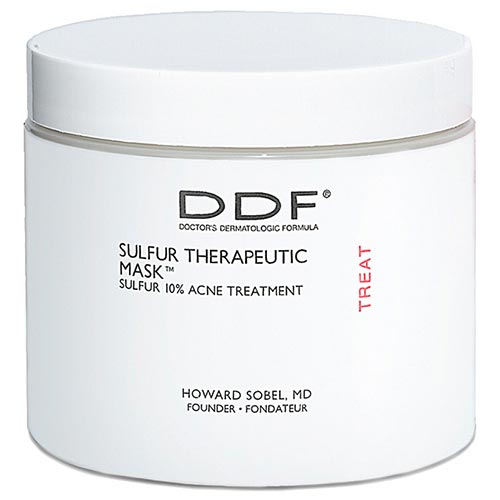
Best Hydrating and Soothing Masks for Multi Masking
1. Laneige Water Sleeping Mask
This deeply nourishing gel sleeping mask simply saturates the skin with moisture. It does not require rinsing off, so it is perfect as a top layer for multi masking. It contains the hydrating super star ingredient hyaluronic acid, along with skin fortifying minerals and plant extracts. You grab a jar of this great mask from Sephora.
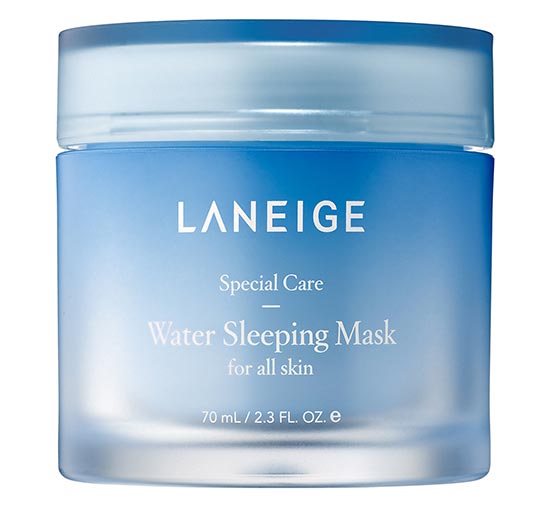
2. Avene Soothing Moisture Mask
Excellent as a top layer for multi-mask layering, as well as for covering dry patches, this mask is a true occlusive. Despite being very rich, this mask shouldn’t cause breakouts, so it is perfectly suitable for those with dry skin that is also acne prone. It’s great for nourishing, soothing, and improving the complexion. It is available for sale on Net-a-Porter.
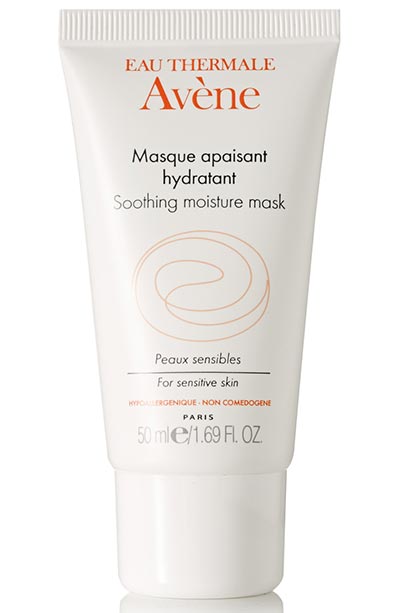
Best Anti-Aging and Brightening Masks for Multi Masking
1. Dermalogica Multivitamin Power Recovery Masque
The collection of vitamins in this mask simply perks the skin up. It is a great way to fortify the skin with antioxidants, and is especially great for the parts of the face that don’t need anything specific – just a simple boost and some protection from premature aging. It would also work great either as a bottom or top layer for mask layering. You can pick up a tube of it at Nordstrom.
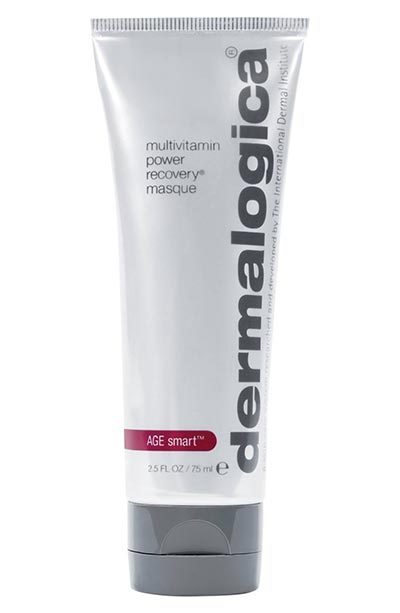
2. Dr. Jart+ Bright Lover Rubber Mask
So beyond the fact that I love the name of this mask, it is actually a multi masking product all on its own! It includes an ampoule that is applied to the skin first. The ampoule contains a host of hydrating and skin-brightening ingredients. You simply layer the rubber mask over it, for intense results and a second dose of skin-loving extracts. This mask set can be purchased at Sephora.
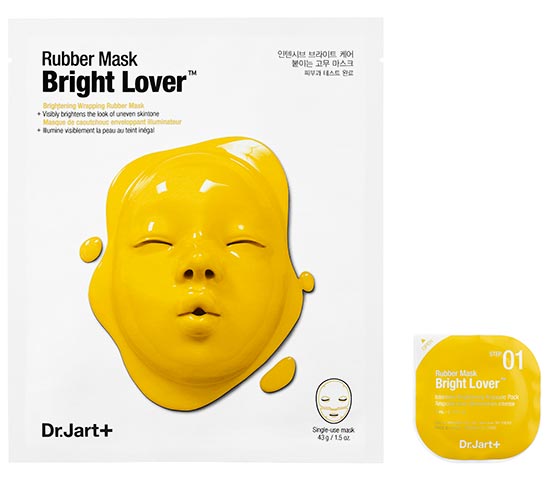
Best Firming Eye Masks for Multi Masking
1. Peter Thomas Roth Cucumber Gel Mask
This hydrating eye mask is light and airy. It is both hydrating and tightening, and contains many skin-soothing botanical extracts. It can work for all skin types, and can be layered below a thicker mask. It can be reserved for the eye area to combat puffiness, or simply applied anywhere where the skin is feeling puffy or irritated. It can be bought online from Sephora.

2. Trish McEvoy Instant Solutions Triangle of Light Eye Mask
These little eye patches are made especially for the sensitive skin below the eyes, where extra attention is always good. The skin around the eyes often needs more hydrating ingredients, and less occlusive ones. This mask does the trick while also fighting wrinkles and fine lines with lots of peptides. These patches can be used for zoning, as well as layered under a sheet mask. You pick them up from Nordstrom.
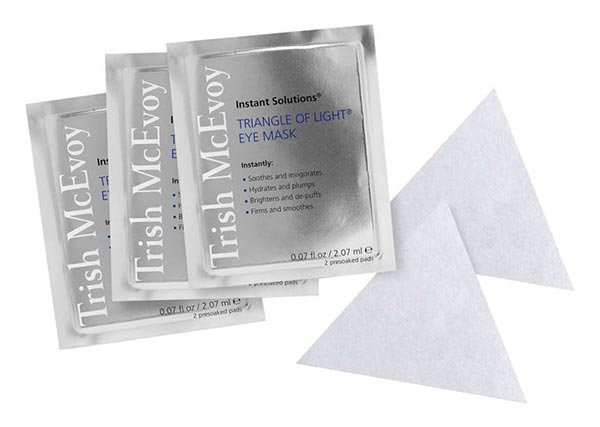
Best Sheet Masks for Multi Masking
1. TonyMoly I’m Real Rice Mask Sheet
This simple mask is a great way to finish off a multi masking session. It is moisturizing and hydrating, yet free of ingredients that might cause breakouts. The cotton from which this mask is made is an excellent occlusive that ensures optimal penetration of anything that touches the skin below it. This treat of a mask is available at Ulta.
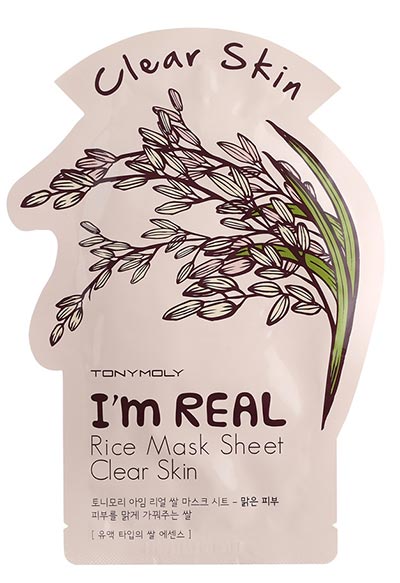
2. Too Cool for School Egg Cream Mask – Hydration
This creamy mask nourishes the skin with some very potent actives, including my personal favorite niacinamide. It brightens, tightens, and hydrates the skin, and is phenomenal for all skin types. Layered over a light gel mask, this mask ensures that the skin will absorb anything placed below it. You can pick it up from Sephora.
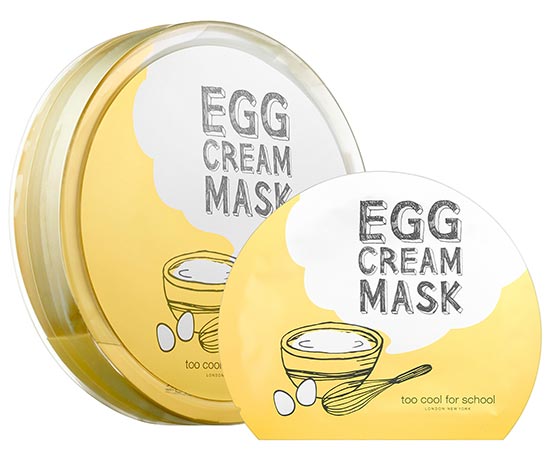
Have you ever tried multi masking before? Which are your favorite masks for multi masking? Let us know!
Photos via @itsstephtoms, Instagram

